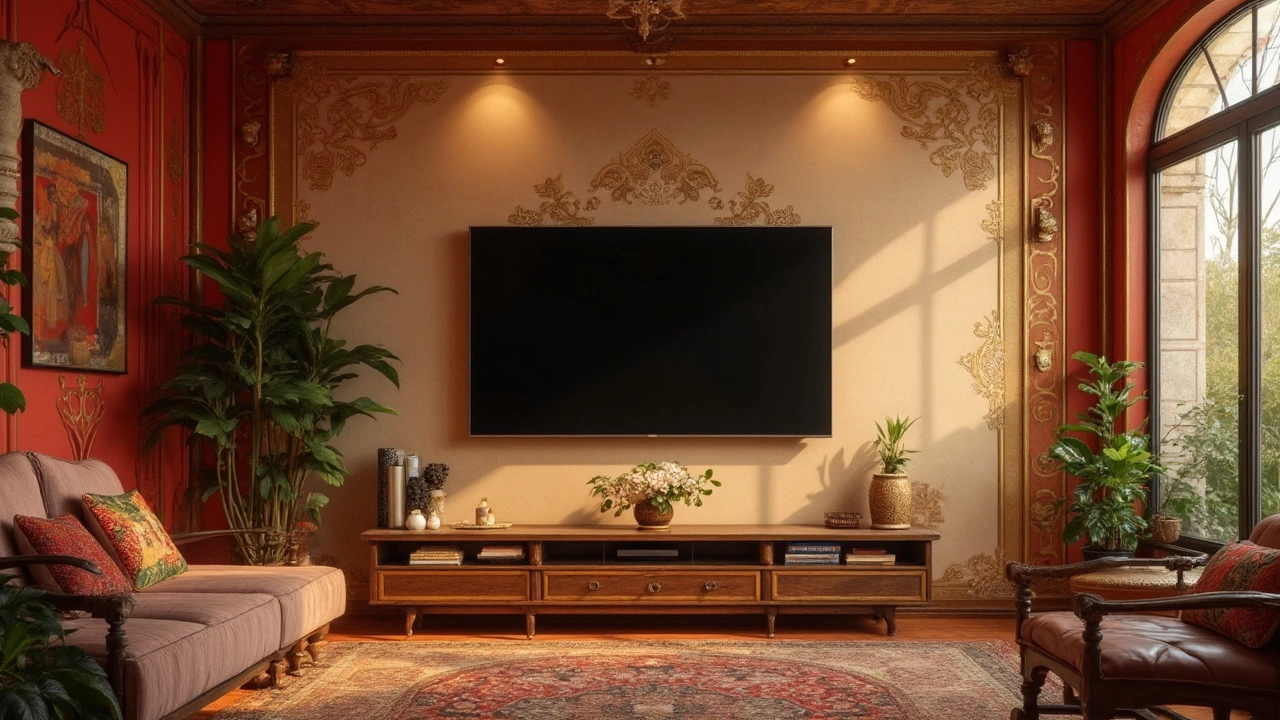Drywall Anchors: The Simple Way to Hang Anything Safely
Ever tried to mount a shelf and heard that dreaded crack? Most of the time it’s not the wall – it’s the anchor. The right drywall anchor can hold a TV, a heavy bookshelf, or even a bike rack without turning your plaster into a crumble. Let’s break down what you need, how to install, and what to avoid.
Know Your Anchor Types
There are three basic kinds that show up at any hardware store. Plastic expansion anchors are cheap and work for light items like picture frames. Self‑drilling metal anchors (sometimes called zip‑it anchors) cut their own hole and give a tighter grip for medium loads – think small lamps or a single shelf. Toggle bolts are the heavy‑duty heroes; they spread behind the wall and can hold up to 100 lb or more, perfect for TVs and large cabinets.
Step‑by‑Step Installation
1. Mark the spot. Use a level and a pencil. Double‑check the height before you drill.
2. Choose the right drill bit. The bit should match the anchor’s diameter. For plastic anchors, the hole is usually slightly smaller than the anchor so it expands. For toggles, you’ll need a larger hole that lets the winged nut fold.
3. Drill a clean hole. Keep the drill straight and avoid wobbling – a crooked hole weakens the anchor’s holding power.
4. Insert the anchor. Tap it in gently with a hammer until it’s flush with the wall. For self‑drilling anchors, you can screw them straight in without pre‑drilling.
5. Screw in the fastener. Turn the screw until it feels snug but don’t overtighten, or you’ll strip the anchor.
6. Hang your item. Make sure the weight is evenly distributed. If it feels loose, back out the screw and try a larger anchor.
A quick tip: always check the weight rating on the package. It’s better to use an anchor rated higher than you think you need – it gives you a safety margin.
If you’re dealing with plaster walls, pre‑drill a pilot hole and use a wall plug designed for plaster. Plaster can crumble easily, so a larger anchor spreads the force and reduces damage.
When you’re hanging multiple items in a line (like a gallery wall), measure the spacing first, then drill all the holes before you start inserting anchors. This saves time and keeps the line straight.
Remember, drywall alone isn’t meant to carry heavy loads. If you’re unsure, locate a stud with a stud finder and screw directly into wood – it’s the strongest option.
Now you’ve got the basics down. Next time you need to mount something, pick the right anchor, follow these steps, and enjoy a sturdy wall without the headache.
Is It Safe to Mount a TV on Drywall?
Mounting a TV on drywall is a common home improvement project, but questions about safety often arise. This article explores whether it's secure to hang a TV on drywall, considering factors like weight and wall studs. We’ll dive into the types of tools and hardware needed for a safe installation. Tips for ensuring a sturdy mount are also included, giving you peace of mind while enjoying your favorite shows.





